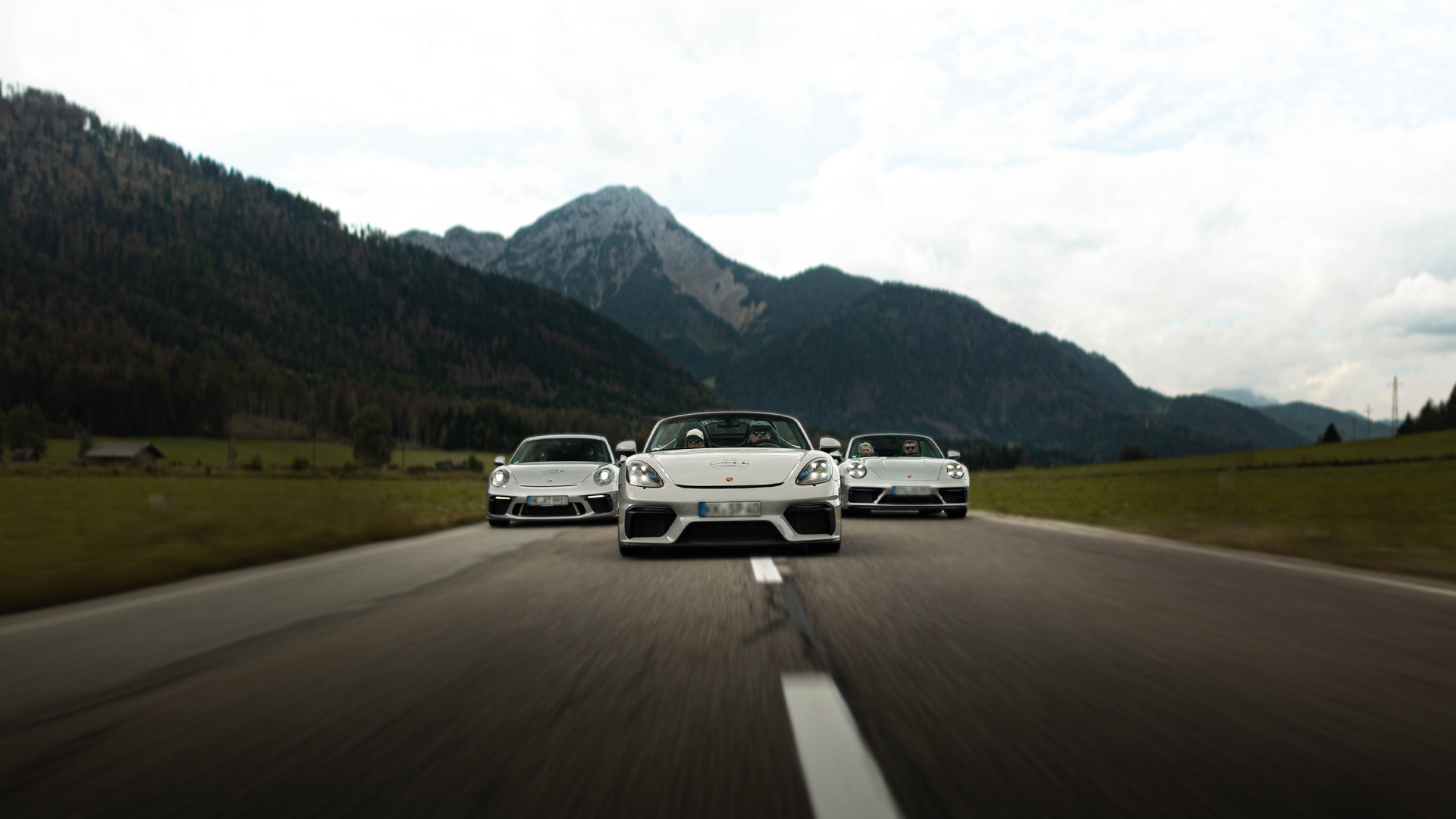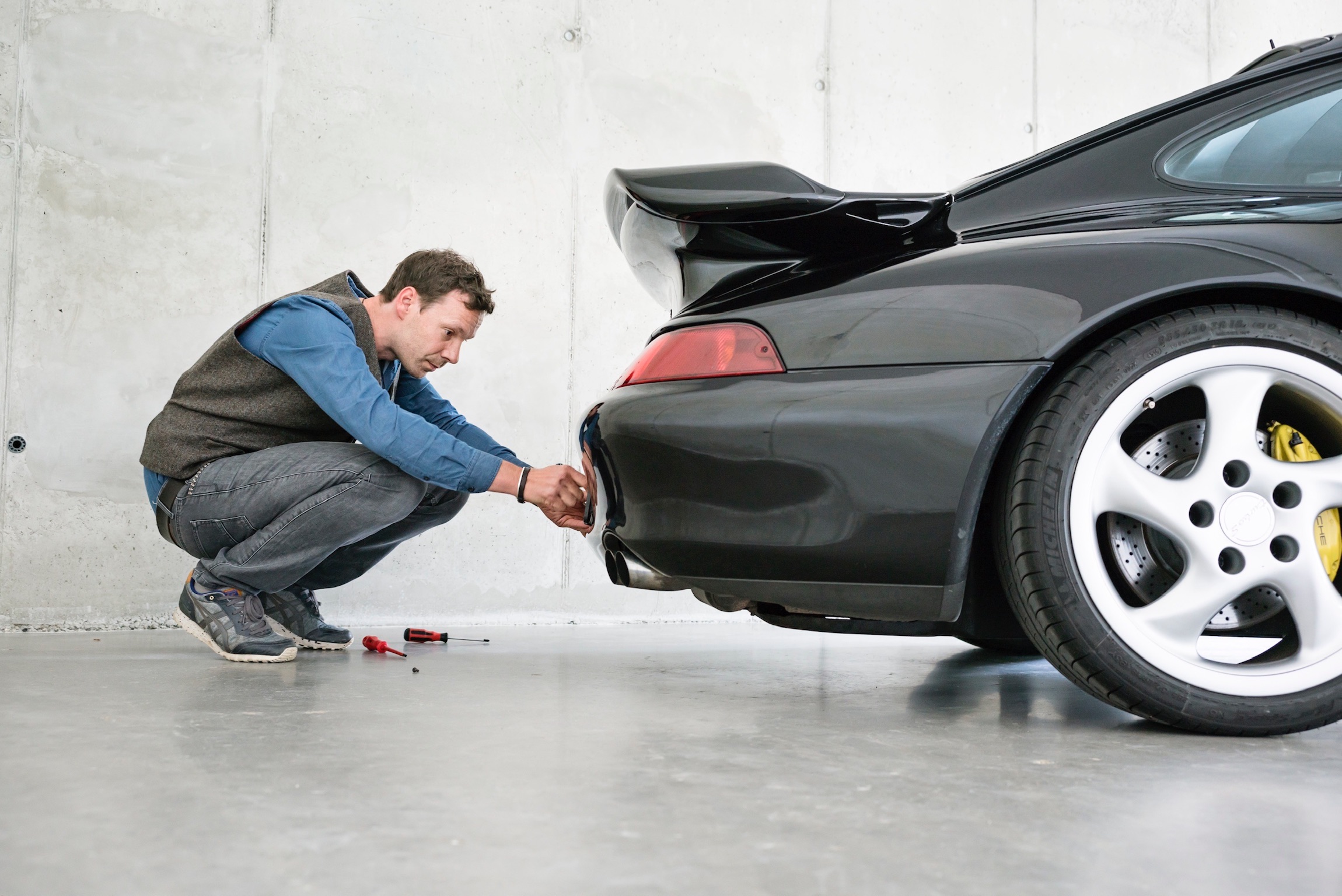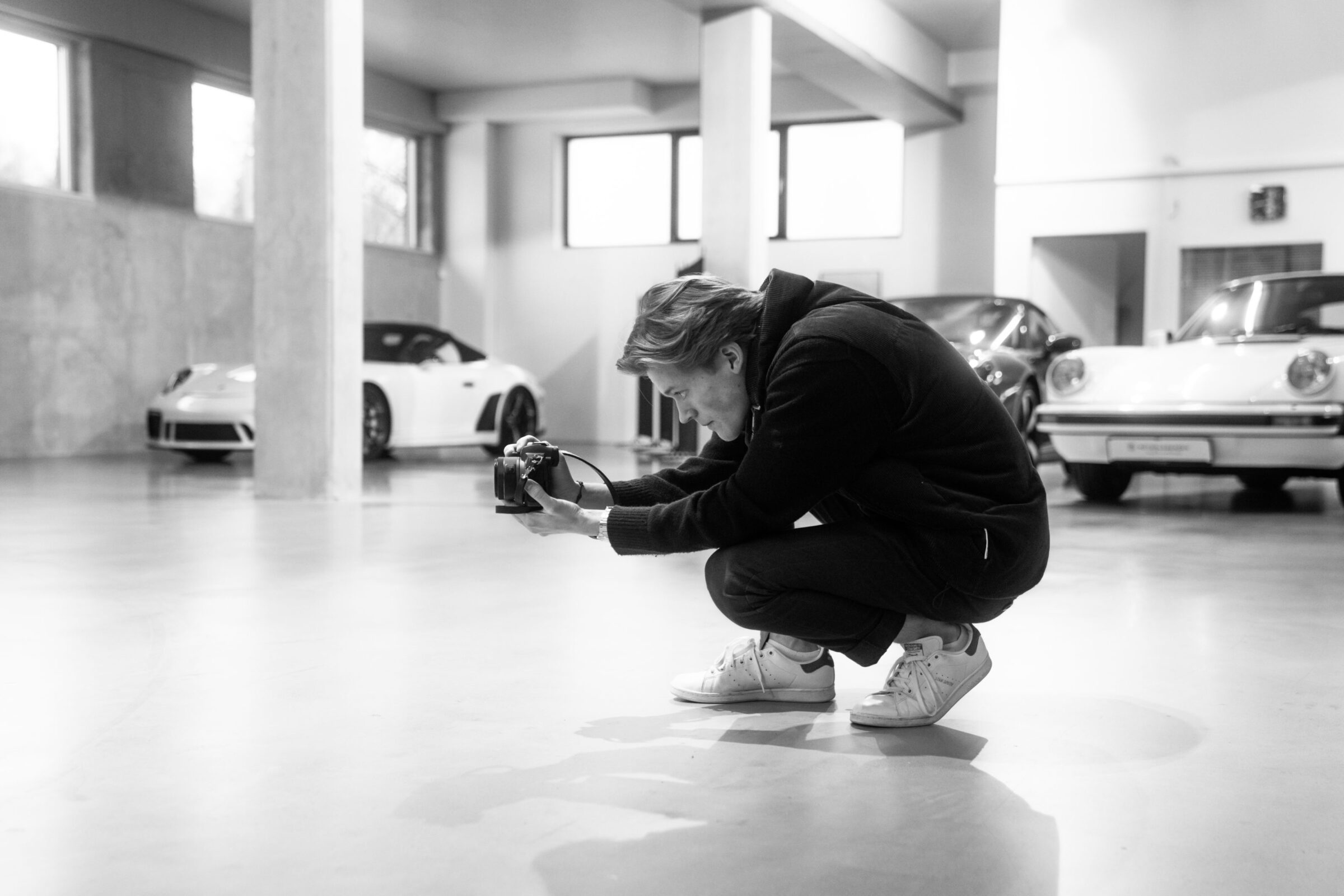Ettore Bugatti – A Perfectionist
It is well known that the car brand Bugatti sets high standards for its products and meets these standards through intensive development work. This applies not only to the current subsidiary of the Volkswagen Group. Even the original company from Alsace quickly acquired a good reputation for excellent detailed solutions. This was based on a motto that company founder Ettore Bugatti strived for throughout his life: “A technical product is not perfect until it is aesthetically impeccable as well”. Less well known is that he was not only concerned about cars, but also about everyday objects. He found it particularly annoying when he purchased something for his household or workshop that did not meet his quality standards. Then he began to develop possibilities for improvement. Bugatti has now published a small selection of those ideas.
Henhouse
In his factory, Ettore Bugatti always had an Italian cook who prepared delicious meals for him and his staff. As a great lover of pasta, the company boss appreciated freshly prepared pasta, for which he needed chicken eggs. When the prices for eggs increased significantly within a short period of time, he developed his own henhouse as a closed cart in order to be able to place it at various locations on the large premises. The construction of this own chicken farm, including the purchase of the animals, clearly exceeded the price of eggs, but at the same time Ettore Bugatti was independent of the farmers in the region.
Pasta machine with steering wheel
The Italian cook mentioned above complained one day to his employer about a defective pasta machine. At that time, such machines were mainly available in Italy, so delivery to Alsace would have taken some time. Ettore Bugatti did not want to wait that long for his favourite dish, so he constructed his own pasta machine. Besides user-friendliness, aesthetics were also important to him. According to his specifications and plans, the mechanics of the Bugatti manufactory finally produced the corresponding machine, which was equipped with the steering wheel of a Type 46 instead of a hand crank. If one turns this steering wheel, one winds the dough through the inside of the machine and produces the pasta. Exactly this pasta machine, the original by Ettore Bugatti, was auctioned by Bonhams in March for around 37,500 US$.
Cutlery
How does someone who has high standards of aesthetics, precision and culinary excellence eat his pasta? Right, with specially designed cutlery. Ettore Bugatti was particularly disturbed by the fact that he lacked the right cutlery for an intermediate course of a normal menu. So he designed knives, spoons and forks in his own unique style, all of which bore his initials EB at the bottom and were ergonomically perfect in the hand. Since he placed particular value on good table manners, Ettore Bugatti is said to have once even refused to allow a royal customer to buy one of his cars because he could not eat with a knife and fork.
Orangery
What belongs to a good meal as much as good wine and fine cutlery? The right spices. Since basil had not yet been planted in Alsace in the 1920s, Ettore Bugatti drew construction plans for his own greenhouse, including a sophisticated ventilation system. Instead of stones, he used steel girders and glass panes for his orangery, in which he eventually had also fruit and other plants grown. The building still stands on the factory premises today.


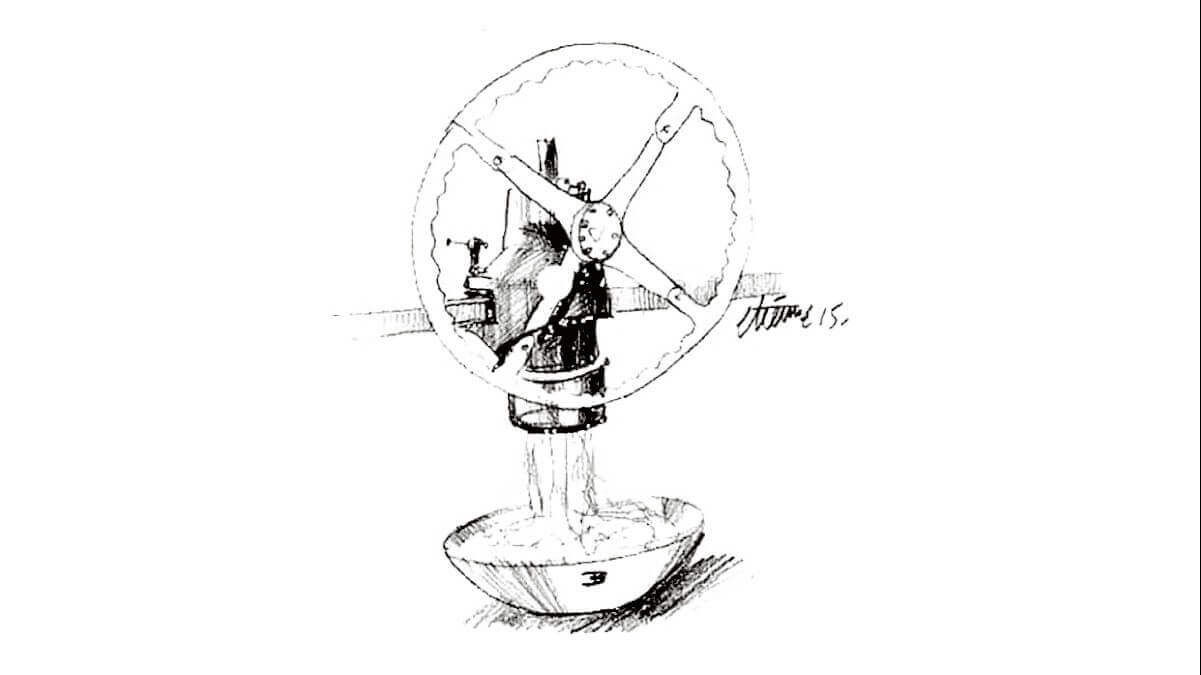

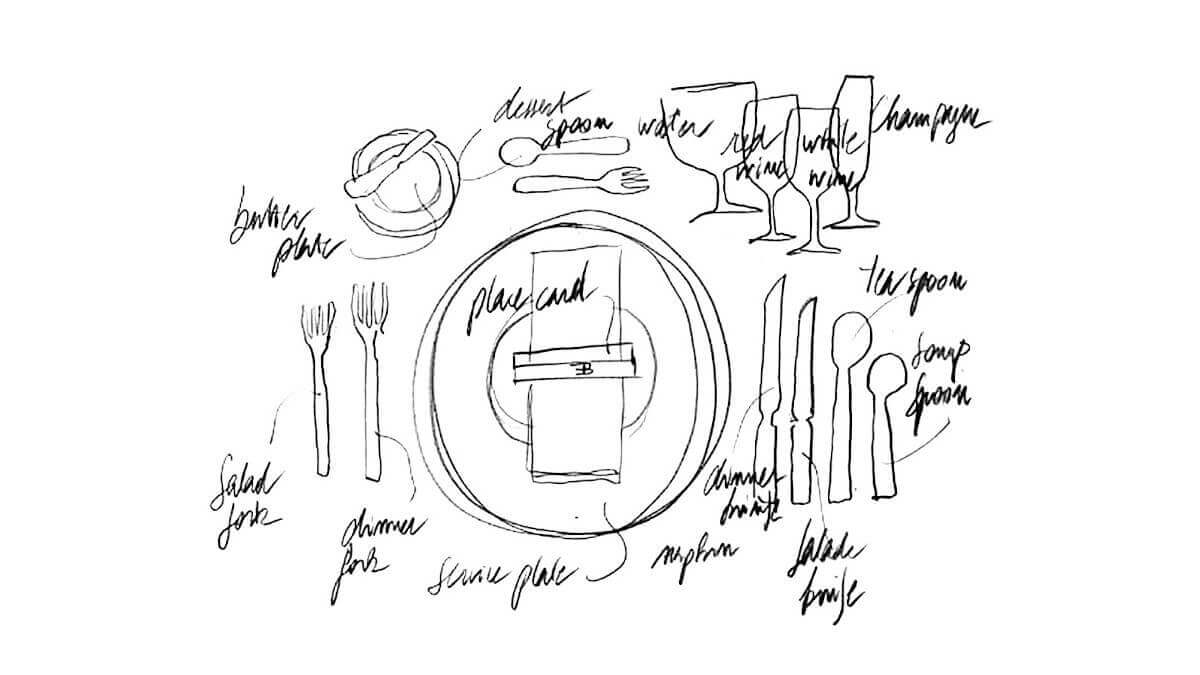

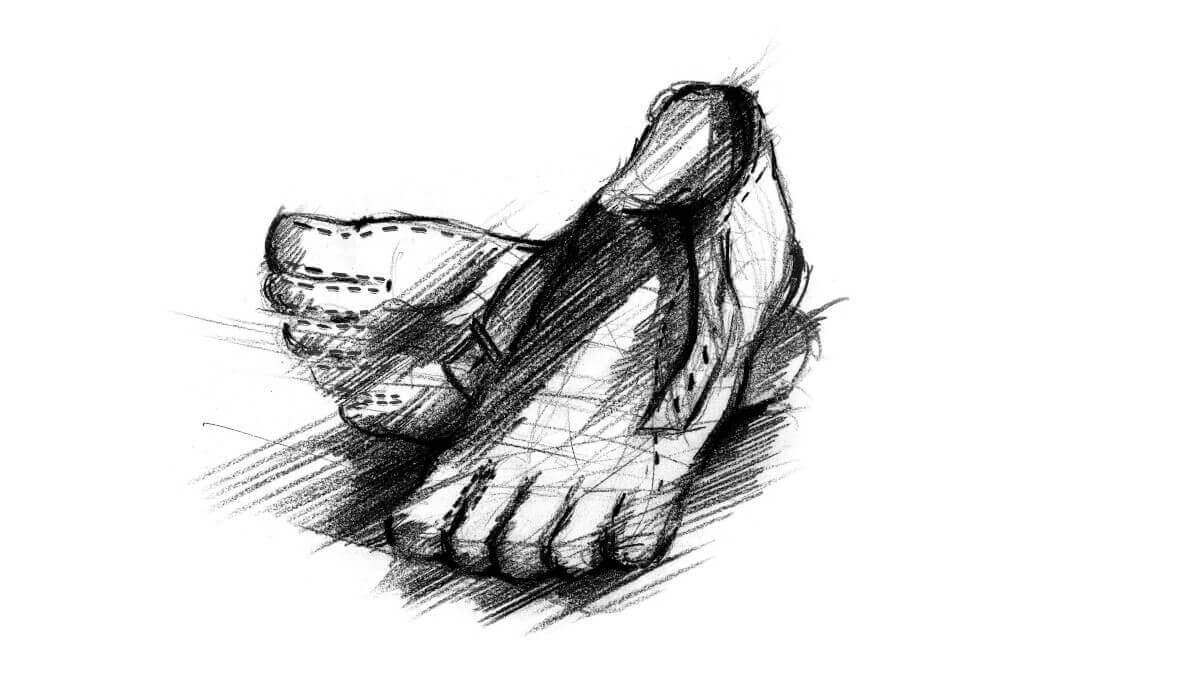

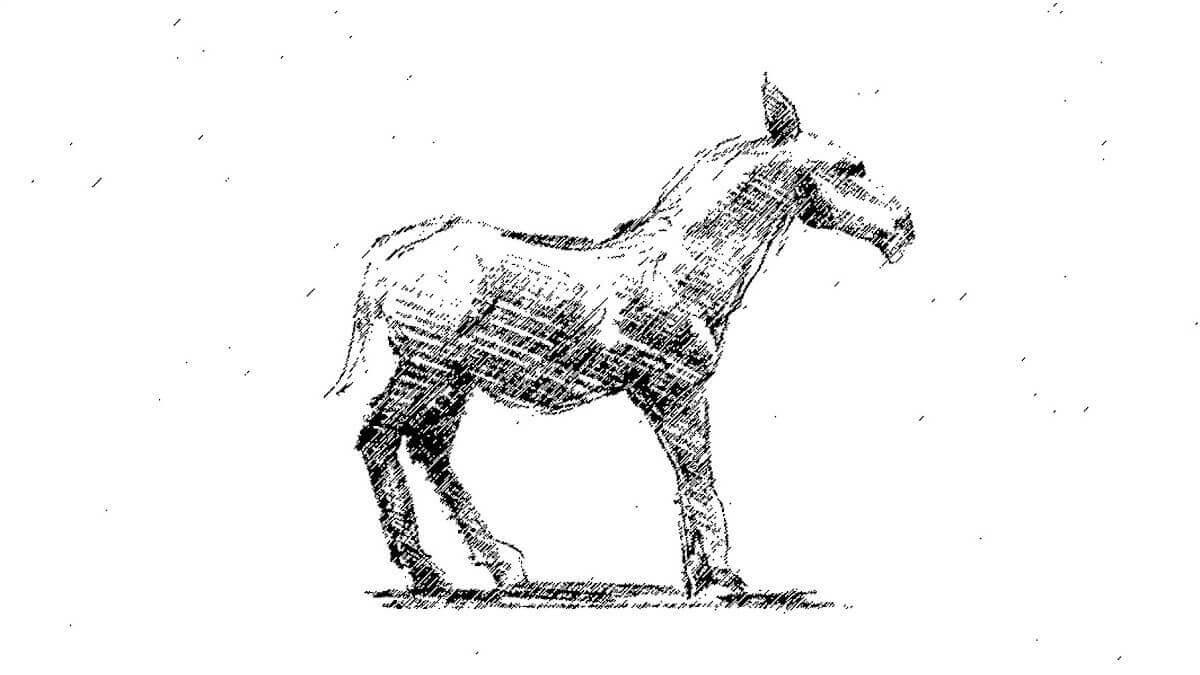

Bébé Bugatti Type 52
Today, many car fans take it for granted that they will be able to put their offspring in miniature cars with electric drive, so that they can ‘get a taste for it’ as early as possible. Ettore Bugatti already had this idea in 1927. For the fifth birthday of his son Roland, a miniature version of the Bugatti Type 35, which was very successful in racing, was created. Like all of the company’s vehicles, this children’s car was given its own model number, Type 52, but the name ‘Bugatti Bébé’ became more popular among customers, as many of them saw it on Roland’s excursions around the chateau and the factory. They ordered their own copies for their children from Ettore. Thus some hundred copies were created until 1930. Bugatti recently revived this popular model together with the Little Car Company.
Five-toed Shoes
In recent years, five-toed shoes have come into fashion. An old hat for Ettore Bugatti. As early as the 1920s, there are reports of a visit by racing driver Louis Charavel to Molsheim, where he met Ettore. In addition to a colonial helmet, a cream-colored silk jacket and a blue hem, he wore his specially created five-toed shoes. “After all, you don’t buy mittens if you want fingered gloves. Why shouldn’t it be the same with shoes?” he replied to the astonished looks of his visitor.
Patents
Ettore Bugatti is responsible for around one thousand patents. Many of them, of course, related to automotive engineering, for example the aluminium rim, ultra-light folding seats, unbreakable windscreens or automatic filler caps. In addition, there were universally applicable inventions such as his hexagonal nuts and bolts, which were more stable and held better than competing products even at high speeds. But did they know about a cylindrical razor, security locks or an ultra-light frame for bicycles and motorcycles? Even a fishing rod with Ettore’s design was patented. What remained without patent, however, were lighting fixtures, gates, doors, blinds for windows, surgical instruments, armchairs, vices and a horse harness.
Pur Sang
Why it came to a horse harness is quickly told: Ettore Bugatti was not only enthusiastic about technology and automobiles, he also loved horses. He liked these noble animals in a similar way to his cars: hot-blooded, fast and reduced to power and muscles. In his own stables he bred thoroughbreds (pur Sang). He had the doors of the Remise North and Remise South fitted with specially designed lock plates, which could be opened by the horses by applying light pressure with their heads. So he did not have to dismount every time and open the doors himself. He often greeted visitors and customers in Molsheim on horseback, often also accompanied by his donkey Totosche. He had received this donkey as a gift from Count Florio after the Bugatti race cars had been victorious for the fifth consecutive time at the Targa Florio in Sicily. In addition to horse breeding, there was also a terrier breeding and a small private zoo on the premises in Molsheim.
images: Bugatti


